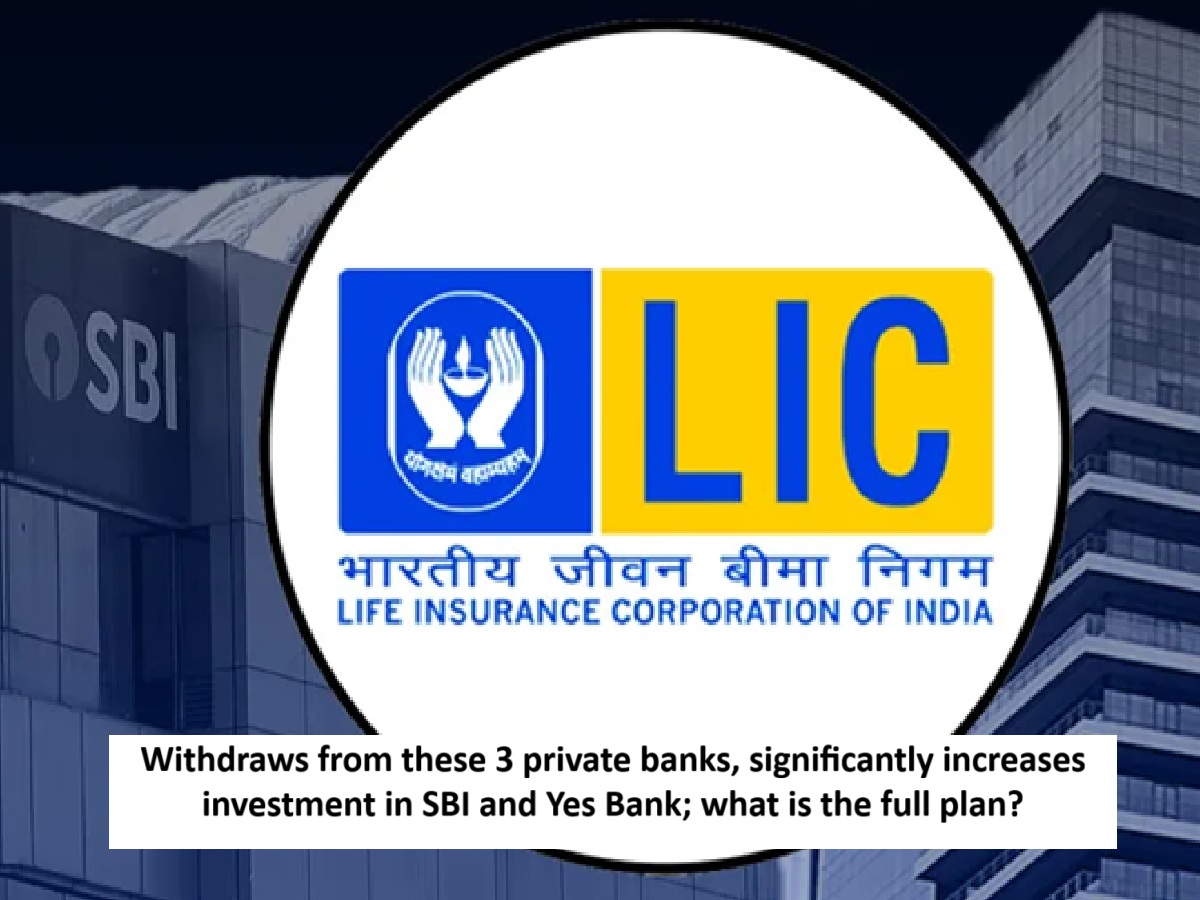
News Topical, Digital Desk : The country's largest investor, Life Insurance Corporation of India (LIC), has made significant changes to its portfolio. In the September quarter, LIC reduced its stake in major private banks like HDFC Bank, ICICI Bank, and Kotak Mahindra Bank, while aggressively increasing its investments in SBI and Yes Bank.
5285 crore investment in SBI in 3 months
According to data from Prime Database, LIC bought 64.1 million shares of SBI in just three months, worth approximately ₹5,285 crore. It also quadrupled its stake in Yes Bank to 4%, up from less than 1% in the June quarter.
Sold HDFC shares worth Rs 3203 crore
In contrast, LIC sold shares worth ₹3,203 crore in HDFC Bank, ₹2,461 crore in ICICI Bank, and ₹2,032 crore in Kotak Mahindra Bank. This is believed to be LIC's biggest divestiture from private banks in recent years.
Why is trust in PSU banks increasing?
Market expert VK Vijayakumar (Geojit) says, "The PSU bank sector is in a strong position and is still trading at attractive valuations. Further growth opportunities are visible in the coming years due to the merger of these banks." The Nifty PSU Bank Index has returned 21% in the past three months, while the Nifty Bank has gained only 4%. This also indicates that investors are placing greater confidence in public sector banks.
Foreign investors in the opposite direction
While LIC is increasing its investment in public sector banks, foreign investors are turning towards private banks. In 2025, foreign investors have invested $14 billion in India's private banking sector. Emirates NBD bought a 60% stake in RBL Bank. Sumitomo Mitsui increased its investment in Yes Bank to 24.2%. Blackstone has made a big bet of about Rs 6,196 crore in Federal Bank.
Experts believe LIC's move is part of a long-term value investing strategy. If the government allows foreign direct investment (FDI) up to 49% in state-owned banks, up to $4 billion in new funds could flow into PSU banks. This means LIC's move is not just for today, but a sign of confidence in the future of banking for years to come.
--Advertisement--

 Share
Share



